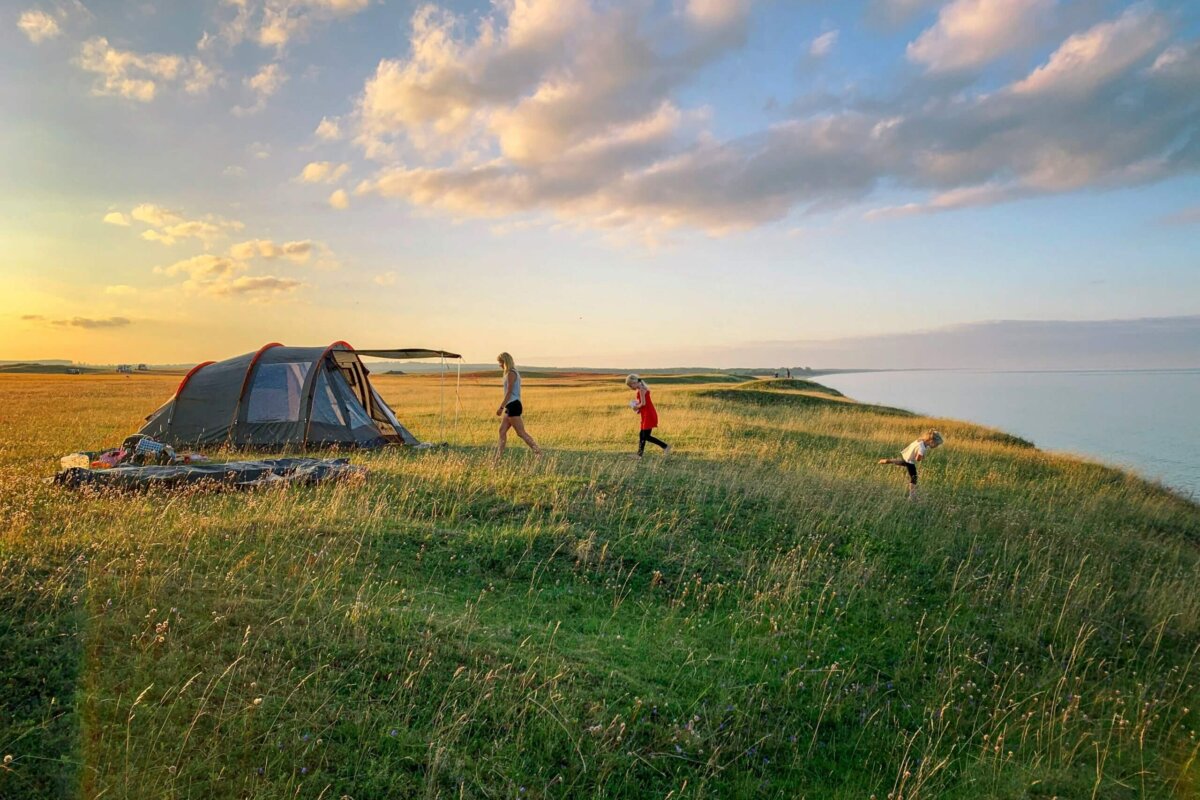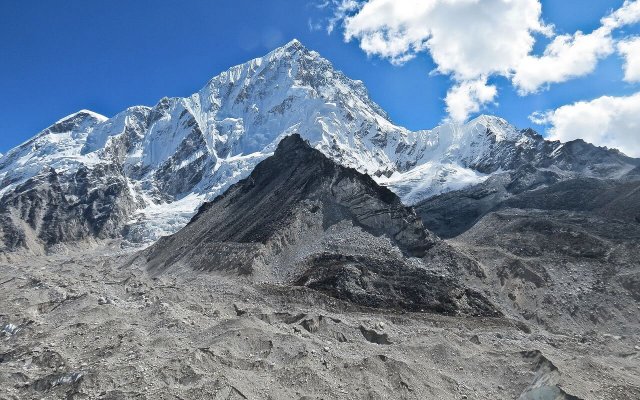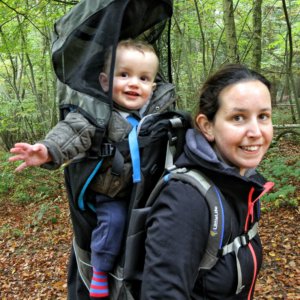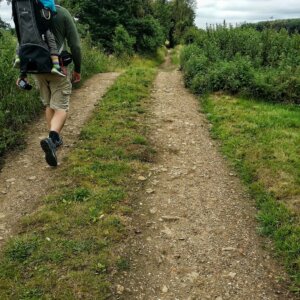Essential packing tips for your next camping trip
When you think about packing for a camping trip, it’s easy to feel overwhelmed by the sheer number of items you need to bring. The reality is that proper packing can make all the difference between a chaotic, stressful trip and a smooth, enjoyable escape into nature.
Declutter your car
Before you even begin to pack your camping gear, take a moment to declutter your car. It might seem like a minor step, but when you’re heading out into the wilderness, you’ll appreciate having a clean, organised vehicle.
Decluttering can also help limit distractions when driving which is especially important for drivers with telematics insurance, as it can contribute to safer driving habits.
Use plastic crates
Instead of shoving everything into bags or leaving gear loose in the back of your car, consider using plastic crates. These are incredibly useful for organising your camping items in a way that’s both efficient and easy to manage.
Crates allow you to keep smaller items together, such as kitchen utensils, toiletries and first-aid supplies, so you won’t have to search through a heap of gear when you need something specific.
Pack heavy items at the bottom
When it comes to loading up your car, always pack the heaviest items first. Start with bulky equipment like the tent, sleeping bags and cooking gear, placing them as close to the base of your car as possible.
Not only does this maximise your space, but it also ensures that the weight is evenly distributed. A balanced load improves your vehicle’s handling, which is especially important on longer drives or winding country roads.
Keep essentials accessible
One of the most frustrating things while camping is not being able to access the essentials when you need them. Whether it’s your rain jacket when a downpour hits or a torch in the dark, keeping vital items easily accessible can prevent stress and delay.
Pack items like snacks, sunscreen and any other frequently used tools in the places you can easily grab them, such as the front of your vehicle or the top of your packing crates.

Pack the right clothing
Rather than packing bulky jackets that take up space, layering ensures you can adapt quickly to the outdoors. This allows you to easily add or remove layers depending on the temperature or unexpected weather shifts.
Pack a moisture-wicking base layer, an insulating layer for warmth and a waterproof outer layer to protect against rain or wind. The beauty of this system is that it’s versatile, lightweight and keeps you comfortable regardless of the weather.
Finally, make sure to carry out basic car safety checks before your journey. Check your oil, fluid levels and tyre pressures and ensure you have enough fuel in the tank.









No Comments Yet!
You can be first to comment this post!